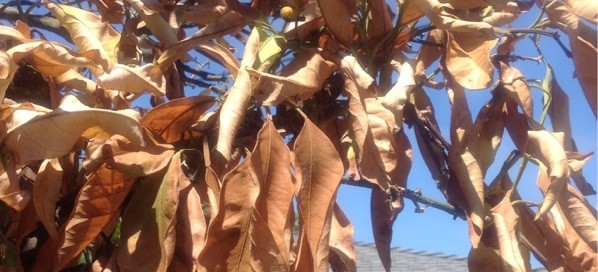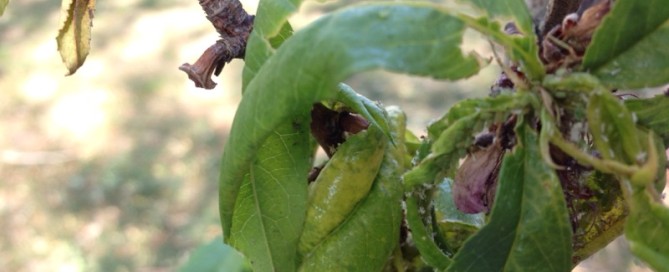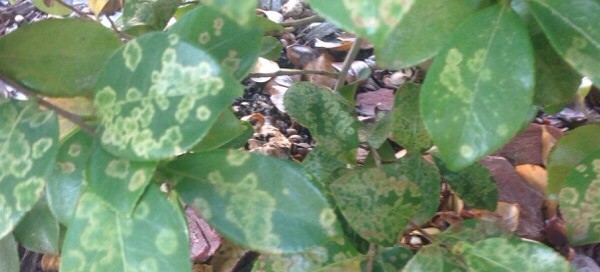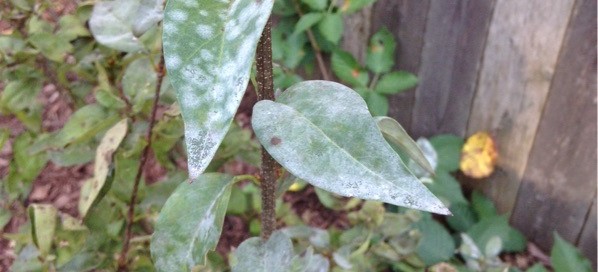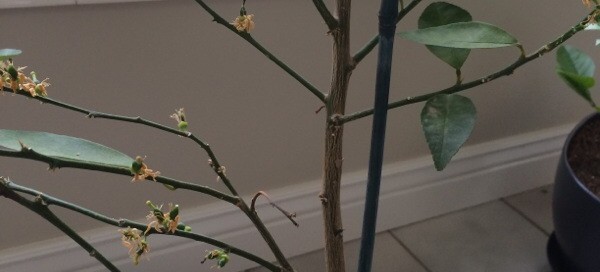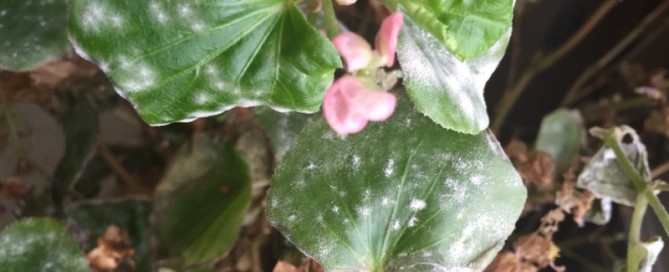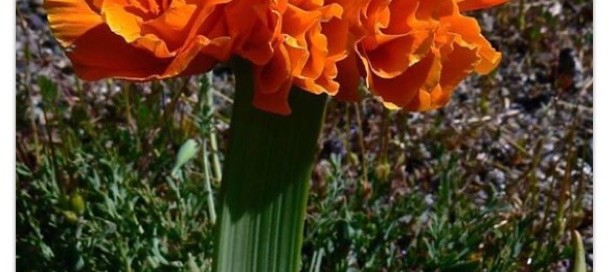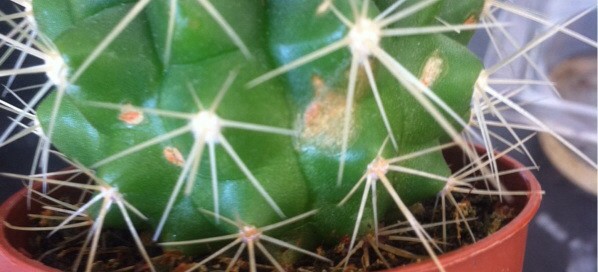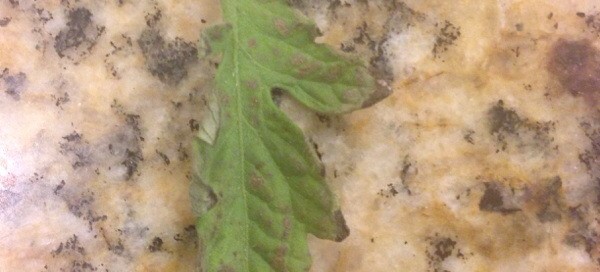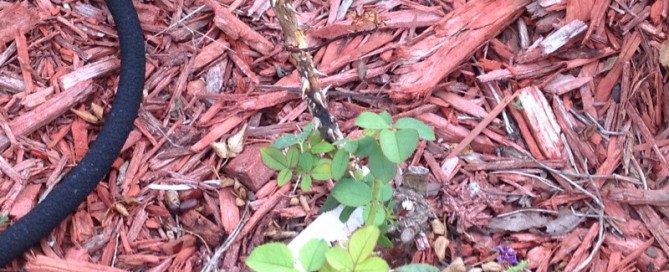Shoot Tip Die Back
This tree appears to be suffering from shoot tip die back (as far as we can see from your photo), which could be caused by several things, but is probably a problem originating at the root system. Since you mention this tree is 30 years old, do you know if it was still producing in the recent past? Citrus trees have shallow root systems and roots can easily be damaged and therefore won't be able to provide adequate water and nutrients to the tree. Has anything disturbed the roots at the drip-line recently? Another cause could be high temperatures and lack of water, or application of pesticidal products to water stressed trees. Because there are potentially several potential causes, we recommend you talk to the Citrus/Avo Farm Advisor at the UCCE. We've also included a link, which you are probably already familiar with, and a publication written by a respected UCCE Advisor about citrus tree cultivation.
http://www.ipm.ucdavis.edu/PMG/GARDEN/FRUIT/citrus.html
http://www.mastergardenerssandiego.org/downloads/citrus%20for%20home%20garden.pdf
